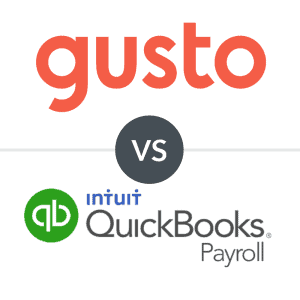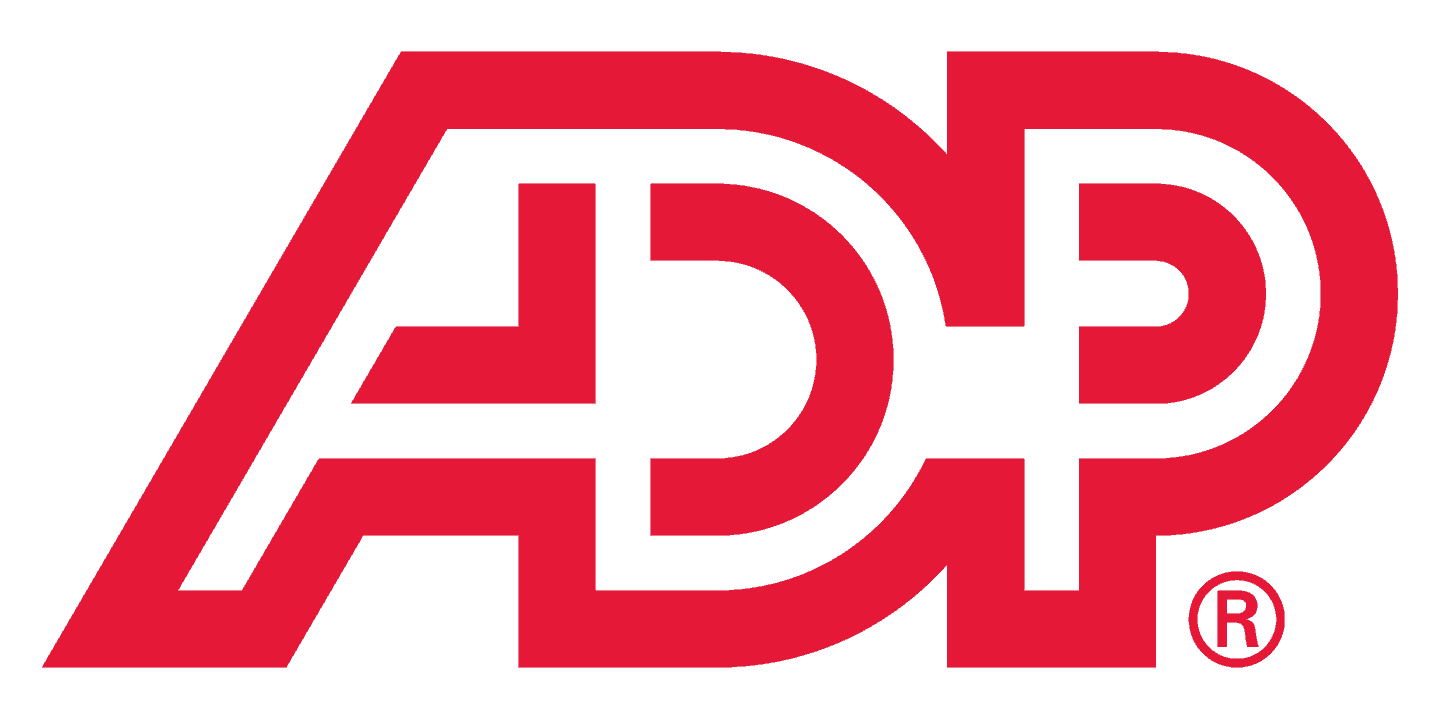This simple checklist for small business owners breaks the payroll end-of-year process down into 10 easy steps.
Year-end payroll is a process that businesses must contribute to all year, including payroll reporting and tax filing in the year’s fourth quarter. If you’re looking for a simple guide to walk you through your annual payroll responsibilities, we’ve got you covered.
To make things even easier for you, we’ve also created a printable Year-End Payroll Checklist so that you can mark your progress.
Small Business Year-End Payroll Checklist (PDF)
You can print the payroll end-of-year checklist and use it to follow along, or you can jump right in.
What Is Year-End Payroll?
Year-end payroll includes processing the last payroll run of the year, calculating your business’s payroll taxes, and completing the year’s payroll reporting. Year-end payroll processing is completed during the final financial quarter of the year and extends to the first quarter of the following year.
As a part of the year-end payroll process, businesses must fill out and file forms and records with the appropriate tax authorities, namely the Internal Revenue Service (IRS), Social Security Administration (SSA), and state and local tax departments.
What Do I Need For Year-End Payroll Reporting?
| IRS Form |
File If Your Business… |
Electronic Filing Deadline |
Notes |
| Form W-2 |
Pays employees and withholds payroll taxes |
January 31st |
|
| Form W-3 |
Files W-2s |
January 31st |
|
| Form 1099-NEC |
Paid a nonemployee $600 or more in traditional wages |
January 31st |
|
| Form 1099-MISC |
Paid a nonemployee $600 or more in rents, prizes, cash, etc. (or over $10 in royalties) |
March 31st |
|
| Form 1096 |
Submits 1099 forms via mail |
February 28th |
- With Form 1099-NEC: January 31
- With Form 5498: May 31
|
| Form 940 |
Pays FUTA taxes |
January 31st |
- With FUTA tax: February 10th
|
| Form 943 |
Paid non-exempt farmworkers |
January 31st |
|
| Form 941 |
Reports payroll taxes quarterly |
January 31st |
|
| Form 944 |
Owes less than $1,000 in payroll taxes annually |
January 31st |
|
| Form 1095-B |
Your business offers health insurance coverage |
March 31st |
|
To complete year-end payroll reporting, you’ll need to complete, file, and submit payroll tax forms to the IRS, SSA, state tax authorities, and any other relevant entities. The tax forms you must submit will vary depending on your business’s employee classifications, payroll taxes owed, and benefits offerings.
The best payroll services make it easy for you to manage year-end payroll processing, but you should still be aware of deadlines and due dates to ensure that you have enough time to review the filings before submission.
You can find more information about the year-end tax forms your business will need to file on the IRS’s Employment Tax Forms page.
When Do You Have To Complete Year-End Payroll?
Year-end payroll should be completed during the final quarter of the tax year and may extend into the first quarter of the next year, usually up to January 31st. For example, businesses are required to file W-2s by January 31st.
Some tax forms may be filed later depending on whether you’ll file them electronically or via mail, but it’s best to get tax forms sorted as early as possible.
How To Complete Year-End Payroll In 10 Steps
To complete payroll year-end, businesses must submit forms to the IRS and SSA to assess tax liabilities. They must also evaluate wages, withholdings, and deductions that occurred throughout the tax year. Here’s a step-by-step walkthrough of year-end payroll for businesses.
Step 1: Verify All Employee & Company Information
Following payroll best practices, you’ll need to ensure that all the information for your company and employees is correct. First, verify that your company name, tax IDs, and company tax information are updated and accurate. Next, make sure that your employee information is up to date. For employees, check the following:
- Correct spelling of the employee’s name
- Correct Social Security Number
- Updated/accurate employee addresses
- Lived-in/worked-in jurisdictions
If you find discrepancies between recorded information and accurate information, update your files and/or let your payroll service provider know of any changes. You may incur penalties for errors, so be sure to double-check.
For contractors who will receive a 1099 form from your business, be sure that the information on their W-9 is correct and up to date.
Step 2: Verify Wages, Taxes, & Benefits Via Payroll Reports
After you’ve ensured all your employee and company information is accurate, the next step is to run through and verify that your wage, tax, and employee benefits numbers match your payroll numbers. You can do this by running the following payroll reports:
- Payroll Summary Report: Set the date range for the tax year from January 1 to December 31. Running this report will grant you a payroll summary detailing tax withholdings, wages (gross and net), deductions, and additional general payroll information.
- Retirement Contributions: This report will pull up all employer and employee contributions to retirement accounts. Employees may want to alter how much they contribute in the coming year.
- Workers’ Compensation Report: If your business paid out workers’ compensation to any employees throughout the tax year, you can use the information in this report to have your insurance provider (if applicable) reassess your company’s premiums.
- Employee Summary Reports: Provides a comprehensive look at the wages, deductions, and tax withholdings for an individual employee or contractor.
- Paid-Time-Off (PTO) Report: To help avoid scheduling conflicts and ensure that your business is always staffed appropriately, run a PTO report to review all the PTO paid and any hours remaining.
Step 3: Order Your W-2s & 1099s
If you run payroll yourself or you do not have a payroll provider that manages your W-2s and 1099s, you will need to order paper forms from the Internal Revenue Service.
You can also file these forms online on the IRS website. Paper forms take fifteen business days to mail, so plan ahead and order these in December.
Step 4: File Your W-2s, 1099s, & W-3s
File all W-2s and 1099s with the Social Security Administration by January 31. Depending on location and local tax laws, you may also need to file W-2s with your state or county.
In addition to each W-2, you will send a W-3 form; this form is needed for each employee and is a summary of the information on the W-2. You may file for an extension to file W-2 and 1099 returns, but it must be submitted after January 1 and before the filing deadline.
Step 5: Deliver W-2s & 1099s To Employees
Your employees need W-2 and 1099 forms documenting their pay and taxes to file their own taxes. You are legally responsible for delivering pay and tax information to employees by January 31.
Employees must consent to receive their W-2s and 1099s electronically from employers. Otherwise, employers are responsible for issuing employees a hard copy of their W-2s and 1099s.
Step 6: File Tax Forms 941, Form 940, & Form 944
You will need to pay your federal unemployment tax (FUTA) from the fourth quarter with Form 940. You must also file federal income taxes and FICA (Social Security and Medicare taxes) through Form 941. The last form (Form 944) is an annual return of all paid payroll taxes. All are due by January 31.
Step 7: Manage Paid-Time-Off
Some states have mandates on whether or not a company can clear PTO, so check with your accountant or bookkeeper about the laws in your state. If you pay out accrued PTO, you will need to manage that payment with the last paycheck of the year and keep a record of that payment for tax purposes.
Step 8: Decide On Bonuses
If you are awarding year-end bonuses, those payments must go out with the last paycheck of the year. You will need to keep a record of bonuses to calculate bonus taxes.
Remember that bonus reporting differs depending on your business’s accounting method. If your business uses the cash-basis accounting method, deduct bonuses in the tax year you paid them. If your business uses the accrual-basis accounting method, bonuses may be deducted in the same year they are paid or the following year, depending on when the bonuses were declared, accrued, and paid.
Step 9: Update Your Compliance Posters
Following the start of the tax year’s fourth quarter, it’s important to order new labor law posters for the upcoming year. These posters are federally mandated and must be displayed in a conspicuous place where all employees can read them. Failure to post updated labor law posters could result in fines, fees, or even labor lawsuits.
Step 10: Update Payroll Information
Before you run your first payroll of the new year, you will need to update your payroll information. That includes checking for minimum wage rate changes, new tax rates, making adjustments to employee information, balancing PTO, and tweaking yearly deductions.
You should also update your payroll schedule and have it distributed to your company’s HR department. Be sure to make payroll schedules available to employees, as well.
The Bottom Line On Year-End Payroll
Fortunately, year-end payroll is as simple as accounting for the wages and taxes your business has paid and withheld throughout the year.
As you look to settle books and wrap up your fourth quarter taxes, you might find that you’re interested in outsourcing the task next year. Even the cheapest payroll services include tax services as part of their payroll programs.












